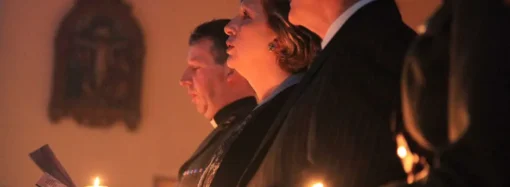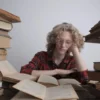Oddly enough, and despite the wretched news of another mass shooting right on the heels of several others, the latest reports from the Bureau of Justice Statistics indicate that gun violence is actually down. Statistically, we’re safer now than we were in the 1990s. Here are a couple highlights:
- Firearm-related homicides declined 39%, from 18,253 in 1993 to 11,101 in 2011.
- Nonfatal firearm crimes declined 69%, from 1.5 million victimizations in 1993 to 467,300 victimizations in 2011.
Meanwhile, the quantity of guns has increased dramatically:

Indeed, on Black Friday alone over 185,000 Americans had a background check run in order to purchase a firearm. That is a new, one-day record. It’s also worth pointing out that during that same period, the number of Americans who have permits to carry a concealed handgun has risen exponentially, with estimates ranging from 11 million to 15 million. In fact, in some states 8-12% of the population has a permit to carry a concealed handgun.

So, what’s going on? If we’re technically safer, why are we seeing such a rush to acquire firearms and permits to carry concealed weapons? Now, some will argue that we are safer because more Americans are able to defend themselves in public and private. And while much could be said about that topic, let us instead focus on the perception of safety verses actual safety. Do we actually feel safer?
From Gallup, we know that a majority of Americans have consistently viewed violent crime as a major problem in the United States:

Another bi-partisan poll shows that a majority of Americans now believe that they are less safe today than they were prior to 9-11. That’s actually a major change compared to previous polls.

The evidence would indicate that Americans are actually safer while feeling less safe. Might it be some combination of mass media, greater mobility, and a sense of being surrounded by strangers that’s leading to the feeling of insecurity? And if so, what does that mean?
The late-sociologist Robert Nisbet touched upon this stage of societal decline in Twilight of Authority (1975).
“It was this way in the ancient world, in Greece and Rome; the Alexanders and the Caesars sprang out of political and social breakdown. So too, after the waning of medieval society, do we see in the Renaissance the rise of military monarchies and princedoms, all in the setting of dislocation and decay of accustomed authority. Always, it would seem, the onset of widening perceptions of breakdown or corruption in the nonmilitary areas of life is followed by the enhanced position of the military, as the result of the ever more likely turning by increasing numbers of people, and also, as I shall stress at some length later, by intellectuals fascinated by the uses of power in times of crisis, to the military and to war. One of the surest indicators of twilight ages in history is the pervasiveness and intensity of war, and also of military types of mind in high political places.”
In other words, as society breaks down through the dissolution of family, neighborhood bonds, and common culture, societal chaos is perceived as rising. Since the traditional societal institutions like family and neighborhoods are no longer capable of dealing with the problems, government increases its power through laws and eventually a police state in order to maintain the perception of order. But the increase of that government power actually leads to the further breakdown of societal bonds and a greater sense of isolation and insecurity for the individual. While the individual wants security and order, neither the mass of strangers nor the strong arm of government is able to provide the kind of security and order that actually builds a healthy, free society. The individual therefore feels alone and forced to find ways to increase personal security. In our heightened state of mass communications, the sense of insecurity can be even greater as violence even thousands of miles away is injected into our homes through TV and the internet on a daily basis, with the feel of being local.
Nisbet warns that the worst thing to add to the mix would be terrorism. As he wrote in 1975,
“The second great force in the world scene that is bound to accelerate the process of militarization of not only Western but other societies is terrorism. If terror, as manifested by such groups as the PLO and the IRA, increases by the same rate during the next decade as it has during the past decade, it is impossible to conceive of liberal, representative democracy continuing, with its crippling processes of due process and its historic endowments of immunity before, or protection by, the legal process.”
And so here we are 40 years after Nisbet’s warnings in a society that is breaking down when considering the collapse of traditional societal institutions, rocked by terrorism, and alarmed by the growing domestic police state.
In such an environment, some individuals will seek security in expanded state power, which will manifest itself as a growing police state. Others likely are going to look with suspicion upon both the government and the strangers around them and will, as the statistics are showing, decide to hunker down and provide for their own security. Meanwhile, both real and perceived chaos and insecurity, sadly, is likely to increase until we address the underlying rending of our societal bonds, the causes of violence, and tame our appetites for sensationalism in both entertainment and news.
Moving forward, it will be an interesting ride.
















Leave a Comment
Your email address will not be published. Required fields are marked with *